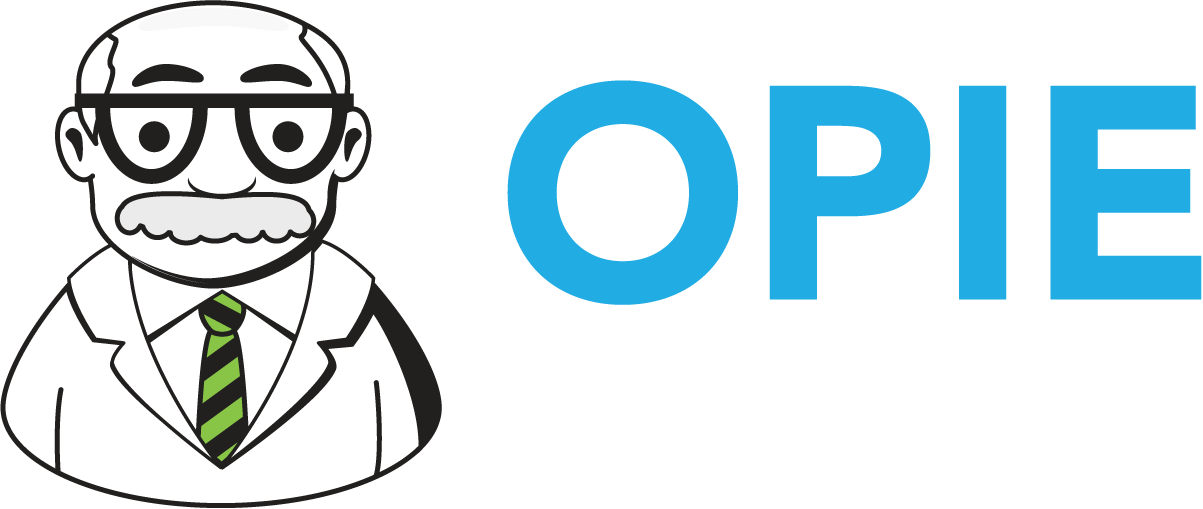Outcomes
If you are a regular reader of my blogs, you know that last month, OPIE sponsored its first Bootcamp in many years. It was fantastic and I think everyone in the room, including the speakers, learned something at the event. I believe in continuous learning and know that the more we are able to discuss our beliefs and be receptive to other ideas, the better off we are. I wrote in a blog a while back about the danger of open-mindedness, and how we must employ discernment when presented with new ideas. I still believe that wholeheartedly. To grow, we can’t close ourselves off to new ideas, but neither can we adopt a new idea because it is fashionable: there has to be a litmus test of truth. Truth is truth. Back to outcomes!
At Bootcamp, we went through a series of exercises to get everyone to identify the first office challenge they would like to solve when they got back to the office, and we then worked out steps to begin implementing the solution. Not surprisingly, everything came down to creating efficiency and standardization around a practice management process. It may have been organizing the WIP, improving inter-office communication, or even eliminating their reliance on paper charting. There will be different priorities based on where your practice falls on the continuum between constant chaos and total efficiency.
How do you figure out where you fall on the scale? For starters, you just know. Are you working hard but never seem to get ahead/ are you solving the same problems over and over again? Do you have new staff so you seem to be constantly training? If you answered yes to any or all of those, you are not alone! These are very common struggles. Last week I had the honor of speaking at the Louisiana State meeting in Baton Rouge. I decided to go out on a limb a bit and get a bit into the weeds of process improvement. I was nervous. I don’t know about you, but most people, if they could choose between a talk about Lean Six Sigma or watching grass grow, would be sitting on the lawn with a magnifying glass in a second. So I did what all self-respecting speakers do…I hid behind the title!
When you think of outcomes your mind probably goes to clinical outcomes. An outcome is the result of a process, so in reality, we generate outcomes in the office every day (I hope) through the processes we use. Outcomes can be good or bad, desirable or undesirable, expected or unexpected. Our job, as we administer our practice, is to create the processes that generate good outcomes, reduce the unexpected outcomes and eliminate the bad outcomes. This means we all need to know how to define a good outcome. We need to have a single source of truth from which we gauge the results of our processes (see…I connected the thoughts!). That truth can’t be relative. It must be absolute. It is not enough to say “my outcome was desirable for me, so it is a good outcome” when that outcome does not meet the needs of the person who has to use it to achieve their objective. The company can not move forward if everyone gets to decide on their own what “forward” is. Forward is defined by your corporate mission. So now the question is “did my process produce a result (outcome) that advances our mission?” If you can answer that with a “yes” every time, you are doing very well. Please let me know! If you can’t honestly say yes, then reach out to your customer success manager and let us see if we can help!

